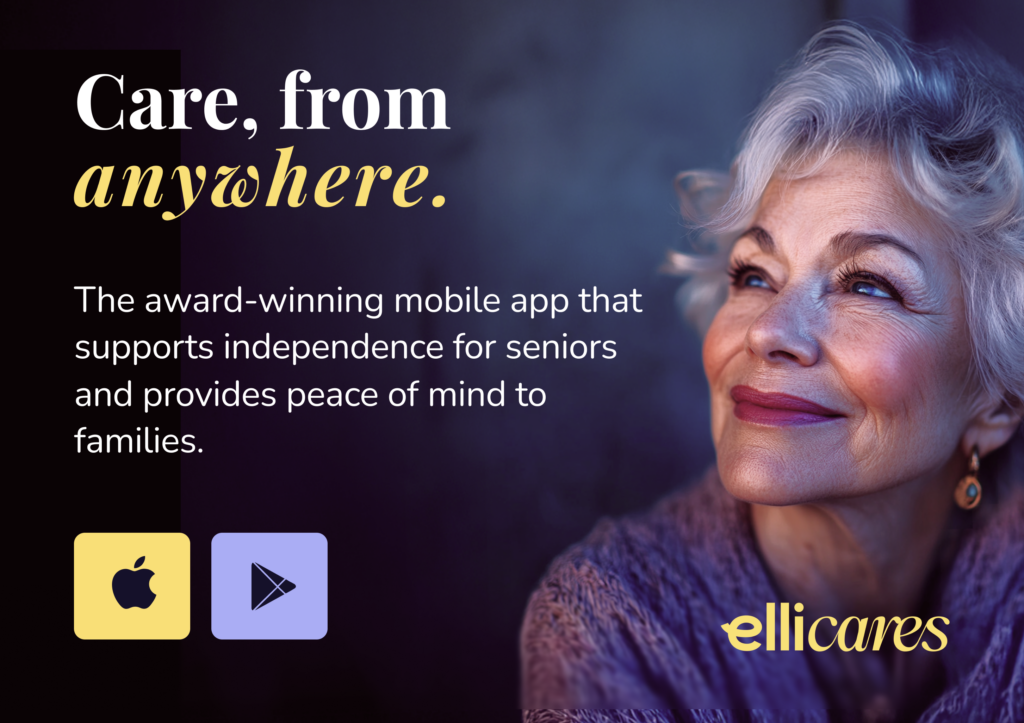As the global population ages, one question becomes increasingly urgent: How do we make technology that works for everyone - including older adults, those with disabilities, and people experiencing cognitive decline? A growing body of research points to the need for universal design - a framework that ensures environments, tools, and technologies are accessible, intuitive, and inclusive by default.
Emerging technologies can improve independence and safety - but only when designed with diversity in mind.
Designing for older adults doesn’t limit innovation - it improves usability for everyone.
What Is Universal Design?
Universal design refers to creating spaces, tools, and products that can be used by as many people as possible, regardless of age, ability, or circumstance. Unlike reactive solutions (like retrofitting a home after a fall), universal design is proactive and inclusive from the start.
This approach benefits people across the life course. For instance:
-
Lever door handles instead of knobs are easier for people with arthritis - and more convenient when your hands are full.
-
Voice-controlled devices help individuals with visual impairments - and make life easier for busy multitaskers.
-
Simple interfaces, large fonts, and clear navigation aid those with cognitive decline - and improve the experience for everyone.
When technology is designed universally, it doesn’t single anyone out or make someone feel “different” - it just works.
What Universal Design Should Include
In the digital space, the Web Content Accessibility Guidelines (WCAG) contain the most well-regarded recommendations globally to follow for accessible and inclusive design.
Successful age-inclusive technology includes:
-
High-contrast, large-text interfaces
-
Voice and gesture controls to reduce reliance on fine motor skills
-
Simple, uncluttered navigation
-
Customizable settings based on user needs (e.g., sound, color, font)
-
Clear error feedback with plain-language explanations
-
Privacy and consent features that support cognitive variation
Crucially, universal design doesn’t mean “tech for old people” - it means tech for everyone, built with empathy and flexibility.
Key Technologies Supporting Aging in Place
Many assistive and smart technologies that support aging in place exist today, and support living independently and safely in one’s own home.
1. Environmental Controls
Smart thermostats, motion-activated lighting, and automated blinds help regulate comfort and safety. Many can be controlled remotely by family members or caregivers, offering reassurance and peace of mind.
2. Health Monitoring Tools
Wearables that monitor heart rate, mobility, sleep, and even detect falls are becoming essential. When integrated into smart environments, these devices allow caregivers to respond proactively to health concerns.
3. Medication and Routine Reminders
Reminders delivered via audio, video, or visual cues (like those available in Elli Cares) help users stay on top of daily routines. These tools reduce cognitive load and promote autonomy.
4. Accessible Interfaces
Simplified apps and devices with voice interaction, customizable text size, and intuitive icons improve digital accessibility. Designing tech that seniors can learn once and use confidently is critical.
5. Navigation and Wayfinding
Smart devices integrated into home layouts - or even public spaces - can provide step-by-step directions, detect wandering behavior, and offer location-based cues for people with dementia.
Design Gaps and the Risk of Exclusion
Many technologies still fail older adults because they are:
-
Too complex or poorly explained
-
Not customizable
-
Built for younger users without physical or cognitive impairments
This creates a technology divide, excluding people who could benefit most.
Instead of building “special” products for seniors, we should be designing mainstream tools with senior needs in mind from the outset. When accessibility is baked in, everyone benefits.
Check out our article on the importance of co-designing technology with seniors
From Usability to Dignity
Universal design isn’t just about function - it’s about preserving dignity and confidence. For aging adults, using technology shouldn’t feel like a chore, a risk, or a reminder of loss. It should feel empowering, familiar, and easy.
At Elli Cares, we take this seriously. Our platform blends smart reminders, wellness tracking, Safe Zones, and communication tools in a single, easy-to-use app built for all cognitive levels. By centering users with early-stage dementia and their families, Elli Cares demonstrates how universal design can be practical, beautiful, and life-changing.








